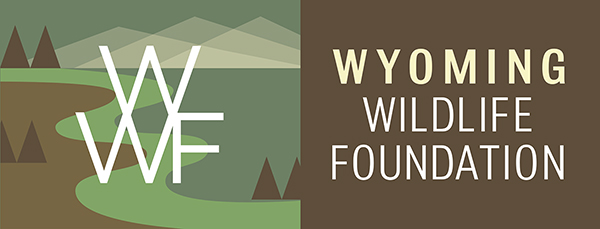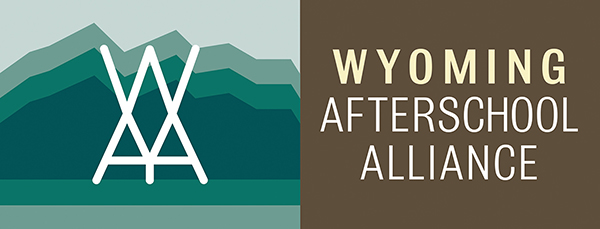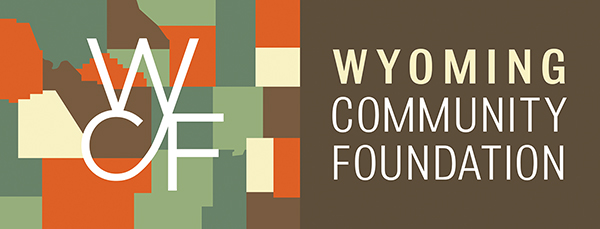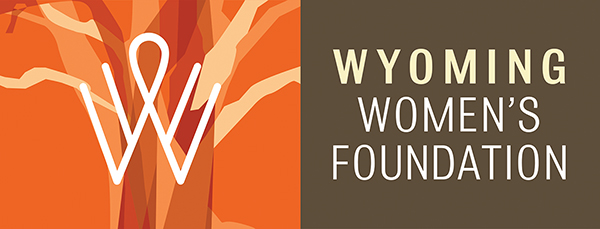Policy & Legislation
What is the Paycheck Protection Program?
The Paycheck Protection Program (“PPP”) authorizes up to $349 billion in forgivable loans to small businesses to pay their employees during the COVID-19 crisis. All loan terms are the same for everyone. There will be no fees associated with these loans.
What is a forgivable loan?
A forgivable loan is a form of loan where either the full amount or a portion of the loan does not have to be paid back if certain conditions are met.
What are the conditions for PPP loan forgiveness?
- You must use the loan to cover at least 75% payroll costs and up to ~25% other costs e.g. mortgage interest, rent, and utilities payments.
- You must utilize the loan within 8 weeks of receiving the payment.
- Employee and compensation levels must be maintained. You will also owe money if you do not maintain your staff and payroll.
- Number of Staff: Your loan forgiveness will be reduced if you decrease your full-time employee headcount.
- Level of Payroll: Your loan forgiveness will also be reduced if you decrease salaries and wages by more than 25% for any employee that made less than $100,000 annualized in 2019.
- Re-Hiring: You have until June 30, 2020 to restore your full-time employment and salary levels for any changes made between February 15, 2020 and April 26, 2020.
What happens if I don’t meet the conditions?
Then the loan is not forgiven, and you will have to pay the portion that you did not spend back.
Loan payments will be deferred for 6 months, this is a low interest loan.
Am I eligible?
Short answer: The answer is most likely YES if you are a nonprofit, for profit or tribal organization based in the US with 500 or less employees who live in the US.
Long answer:
You are eligible for a PPP loan if you have 500 or fewer employees whose principal place of residence is in the United States, or are a business that operates in a certain industry and meet the SBA employee-based size standards for the industry, and
- You are:
- A small business concern as defined in section 3 of the Small Business Act (15 USC 632), and subject to SBA’s affiliation rules under 13 CFR 121.301(f) unless specifically waived in the Act:
- A tax-exempt nonprofit organization described in section 501(c)(3) of the Internal Revenue Code (IRC), a tax-exempt veterans organization described in section 501(c)(19) of the IRC, Tribal business concern described in section 31(b)(2)(C) of the Small Business Act, or any other business; and
- You were in operation on February 15, 2020 and either had employees for whom you paid salaries and payroll taxes or paid independent contractors, as reported on a Form 1099-MISC.
You are also eligible for a PPP loan if you are an individual who operates under a sole proprietorship or as an independent contractor or eligible self-employed individual, you were in operation on February 15, 2020. You must also submit such documentation as is necessary to establish eligibility such as payroll processor records, payroll tax filings, or Form 1099-MISC, or income and expenses from a sole proprietorship. For borrowers that do not have any such documentation, the borrower must provide other supporting documentation, such as bank records, sufficient to demonstrate the qualifying payroll amount.
How do I calculate my Loan Request?
Aggregate your payroll costs from the last twelve months, and divide this by 12, this is your average monthly payroll cost. Multiply the average monthly payroll cost by 2.5.
Add the outstanding amount of an Economic Injury Disaster Loan (EIDL) made between January 31, 2020 and April 3, 2020, less the amount of any “advance” under an EIDL COVID-19 loan – If you do not have an EIDL then disregard. This will be the maximum loan amount to request.
Where can I apply?
You can apply through any existing SBA lender or through any federally insured depository institution, federally insured credit union, and Farm Credit System institution that is participating. Other regulated lenders will be available to make these loans once they are approved and enrolled in the program. You should consult with your local lender as to whether it is participating. If your local lender is not participating or has not been previously approved as part of the SBA program, you may want to find another local or regional bank to assist you with this process. Although the program is open until June 30, 2020, loans will be processed based on “first come, first served” basis.
Completing your Paycheck Protection Program borrower application.
SBA Form 2483 – Nonprofits only
Complete the top portion of the Form with the appropriate information. See below details to calculate average monthly payroll and loan request amount.
Applicant ownership: Not for profits will leave this blank.
Questions 1-8. All straightforward. Make sure to initial where requested.
Calculating your Average Monthly Payroll and amount of Loan Request
How do I calculate average monthly payroll?
- Step 1: Aggregate payroll costs from the last twelve months (or 2019 total payroll expense) for employees whose principal place of residence is the United States.
- Payroll costs consist of compensation to employees (whose principal place of residence is the United States) in the form of salary, wages, commissions, or similar compensation; payment for vacation, parental, family, medical, or sick leave; allowance for separation or dismissal; payment for the provision of employee benefits consisting of group health care coverage, including insurance premiums, and retirement; payment of state and local taxes assessed on compensation of employees.
- Excluded from the definition of payroll costs is:
- Any compensation of an employee whose principal place of residence is outside of the United States.
- The compensation of an individual employee in excess of an annual salary of $100,000, prorated as necessary.
- Federal employment taxes imposed or withheld between February 15, 2020 and June 30, 2020, including the employee’s and employer’s share of FICA (Federal Insurance Contributions Act) and Railroad Retirement Act taxes, and income taxes required to be withheld from employees; and
- Qualified sick and family leave wages for which a credit is allowed under sections 7001 and 7003 of the Families First Coronavirus Response Act (Public Law 116–127).
- Step 2: Subtract any compensation paid to an employee in excess of an annual salary of $100,000 and/or any amounts paid to an independent contractor or sole proprietor in excess of $100,000 per year.
- Step 3: Calculate average monthly payroll costs (divide the amount from Step 2 by 12).
This number equals your average monthly payroll
- Step 4: Use the average monthly payroll number from above, multiple by 2.5, this is the maximum loan request.
EXAMPLES
The examples below illustrate this methodology.
- Example 1 – No employee makes more than $100,000, no EIDL loan.
Annual payroll: $120,000
Average monthly payroll: $10,000
Multiply by 2.5 = $25,000
Maximum loan amount is $25,000
- Example 2 – Some employees make more than $100,000
Annual payroll: $1,500,000
Subtract compensation amounts in excess of an annual salary of $100,000: $1,200,000
Average monthly qualifying payroll: $100,000
Multiply by 2.5 = $250,000
Maximum loan amount is $250,000
Review certifications and authorizations initial where requested. Form MUST be signed by an authorized representative. You may need to provide proof that you are an authorized signer for your organization.
2020 Wyoming SBA Lenders
Paycheck Protection Program Application
US Chamber of Commerce Emergency Loans Guide
Submitting your application
What forms do I need and how do I submit an application?
- The applicant must submit SBA Form 2483 (Paycheck Protection Program Application Form) and payroll calculation documentation, as described above.
- Proof of Payroll: Documentation supporting the calculation of the average monthly payroll costs for the preceding calendar year.
- Proof of payroll for the period on or around February 15, 2020.
Where do I start?
APPLICATION CHECKLIST (Nonprofits)
Collect proof of payroll documentation – this can be any or all the following
- 2019 IRS Quarterly 940, 941 or 944 payroll tax reports
- Last 12 months of payroll reports beginning with your last payroll date going backwards 12 months.
- Proof of payroll on or around February 15, 2020, showing current number of employees.
- A copy of your 2019 Form 990 (if not filed, your 2018 Form 990)
- Documentation showing total of all health insurance benefits paid by the employer/organization.
- Documentation for any retirement plan funding that was paid by the employer/organization (This DOES NOT include employee deferrals.)
Use the above collected payroll documentation to calculate your average monthly payroll.
- Include in this calculation salary/wages, employee benefits including cost for paid time off, employer paid health care benefits/insurance premiums, and payments made by the employer for retirement.
- Exclude compensation of an individual employee in excess of an annual salary of $100,000, employer paid payroll taxes, any compensation paid to an employee whose principal place of residence is outside the US.
- Also excluded is qualified sick leave wages for which a credit is allowed under section 7001 of the Families First Coronavirus Response Act or or qualified family leave wages for which a credit is allowed under section 7003 of the Families First Coronavirus Response Act
Use the above average monthly payroll cost times 2.5, this will equal your maximum loan.
Download, complete and sign SBA Form 2483 (4/20)
If you are working with a new bank with which you have not had a previous relationship you may need the additional documentation:
- Corporation Bylaws
- IRS issued exemption letter with EIN
- Documentation proving individual is allowed to sign as an authorized representative of the organization. This may require a corporate resolution.
- A government-issued photo ID such as a driver’s license, state-issued ID or a passport.
- Prior period financial information.
For any further questions, please contact:
Misty Gehle misty@wycf.org 307-721-8300
Or
Vickie Quisenberry Vickie@wycf.org 307-721-8300
What Better time than now?
Join us and make a difference in your community today.

Mission: Creating an enduring natural legacy for future generations through stewardship of Wyoming’s wildlife.
Wyoming Wildlife Foundation
1472 N. 5th Street, Suite 201
Laramie, WY 82072
Email: wcf@wycf.org
Phone: 307-721-8300



